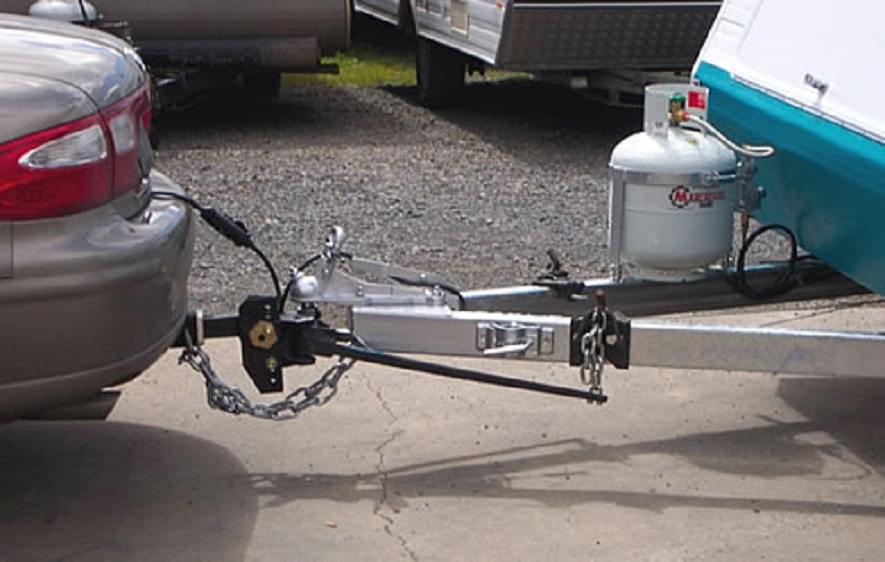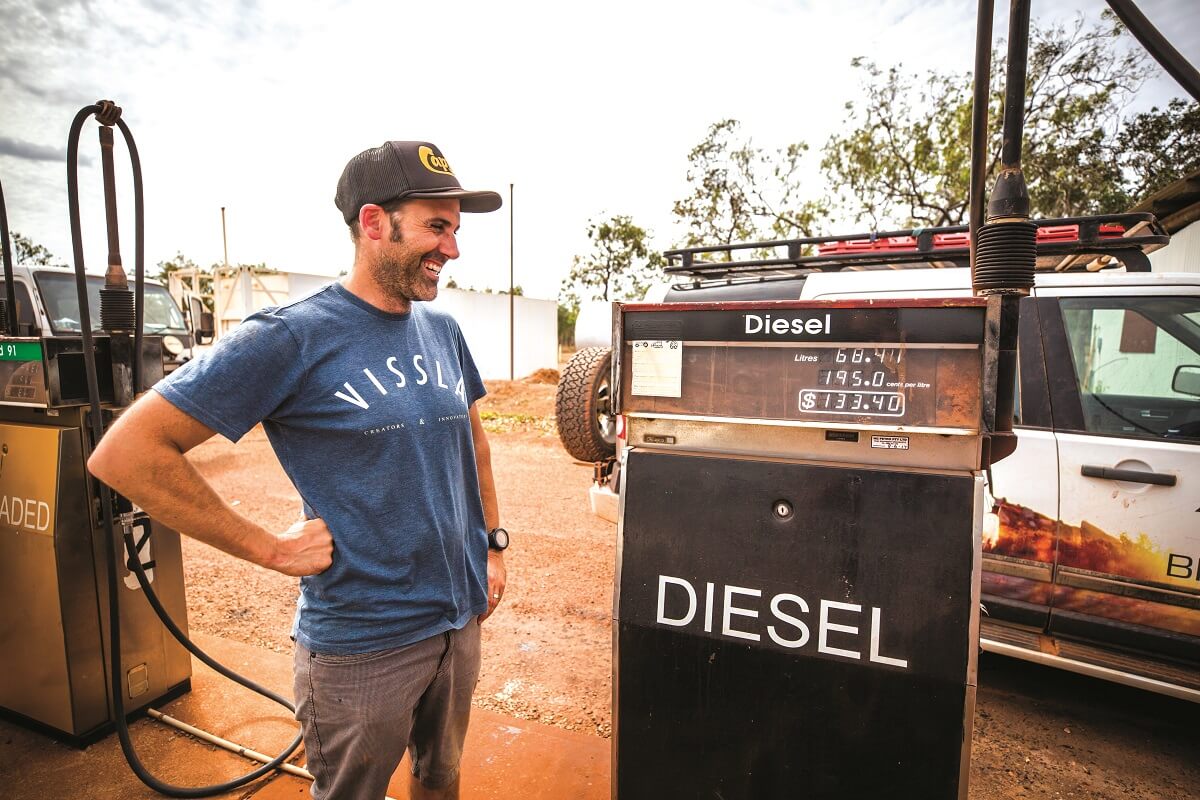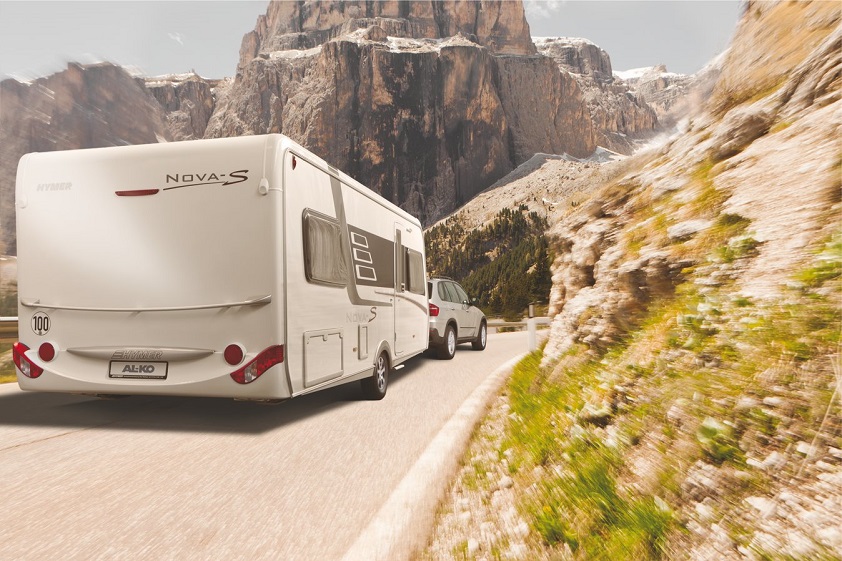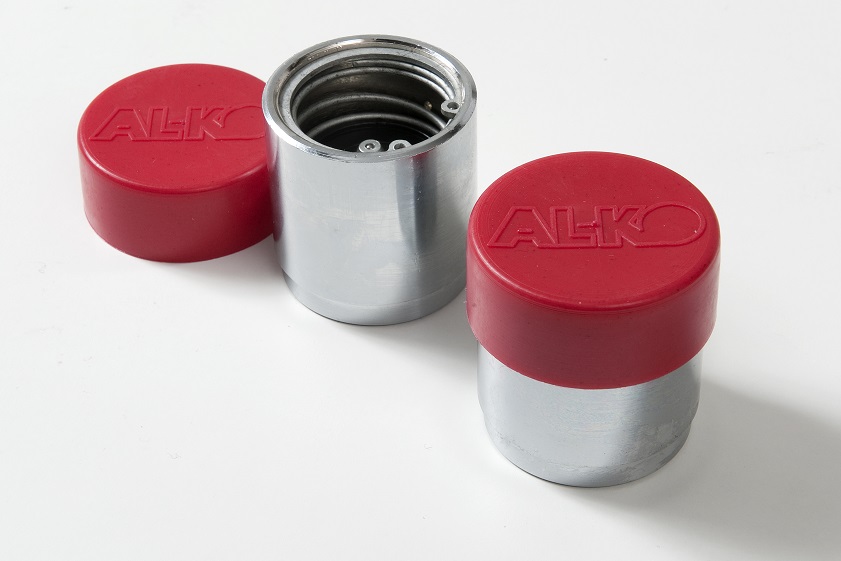Does your car sag at the back when the trailer is hooked up? This is not a good thing – it can make driving dangerous and cause wear on your vehicle. A trailer weight distribution hitch can correct the imbalance and takes very little time to set up.
Do you need a weight distribution hitch?
If the weight on the trailer’s tow ball is affecting the rear of the towing vehicle, it will have the see-saw effect of lifting the front of the vehicle. This in turn takes weight off the front wheels, reducing traction, braking and steering control.
A weight distribution hitch (also called a ‘level-ride’ or ‘load-leveller’) returns the vehicle to its normal position by evenly distributing weight across all wheels of the towing vehicle and trailer.
Generally, if the gross trailer weight is more than 50 per cent of the tow vehicle weight, you’ll need a trailer weight distribution hitch.
If you’re not sure, measure the distance between the ground and the front wheel arch before and after hitching the trailer. A weight distribution hitch is recommended for a difference of more than 5–10mm.
Hitches vary for different tow ball weights. Light-duty two-bar systems will suit trailers with downloads of up to 80kg, while loads between 80kg to 130kg need a four-bar hitch. Heavier-duty hitches need to be professionally fitted.
How to connect the two-bar system
To learn how to fit a heavier-duty hitch, see setting up a four-bar distribution hitch.
- Connect the trailer to the towing vehicle (tug).
- Park the tug and trailer on a flat surface to test for level and to make adjustments accordingly.
- Lower the jockey wheel, ensuring the trailer is level. This will take weight off the hitch system and allow you to install the load-levelling bars.
- Unscrew the tow ball, insert the head and tighten (this step will depend on your tow ball connection).
- Clamp the load brackets onto the trailer’s A-frame in a position where the chains will be vertical when connected.
- Place the bar into the head hitch-end first and fasten.
- Lift the bar and hook the chain onto the snap-up bracket, leaving three to four open links hanging for adjustment.
- Using a lever, close the bracket and secure with the locking pin. Complete this for both sides of the trailer.
- Remove the jockey wheel so that the weight is back onto the tug.
- Use the level to check that the trailer is straight. If it tilts down, replace the jockey wheel and repeat steps 7–10.
- Hook everything up and check that your lights are fully operational.
Always keep your feet well clear of the bars when securing or releasing them, as injuries can occur. Reducing tension on the bars by having the jockey wheel in place will also help prevent the likelihood of injury.
Trailer weight distribution hitches offer a distinct advantage but should be used in accordance with the recommendations of your dealer.
Not sure how much weight you can carry in your trailer? Our experts have put together a guide that makes it all clear.
Article image courtesy of Hardings Swift Caravan Services





